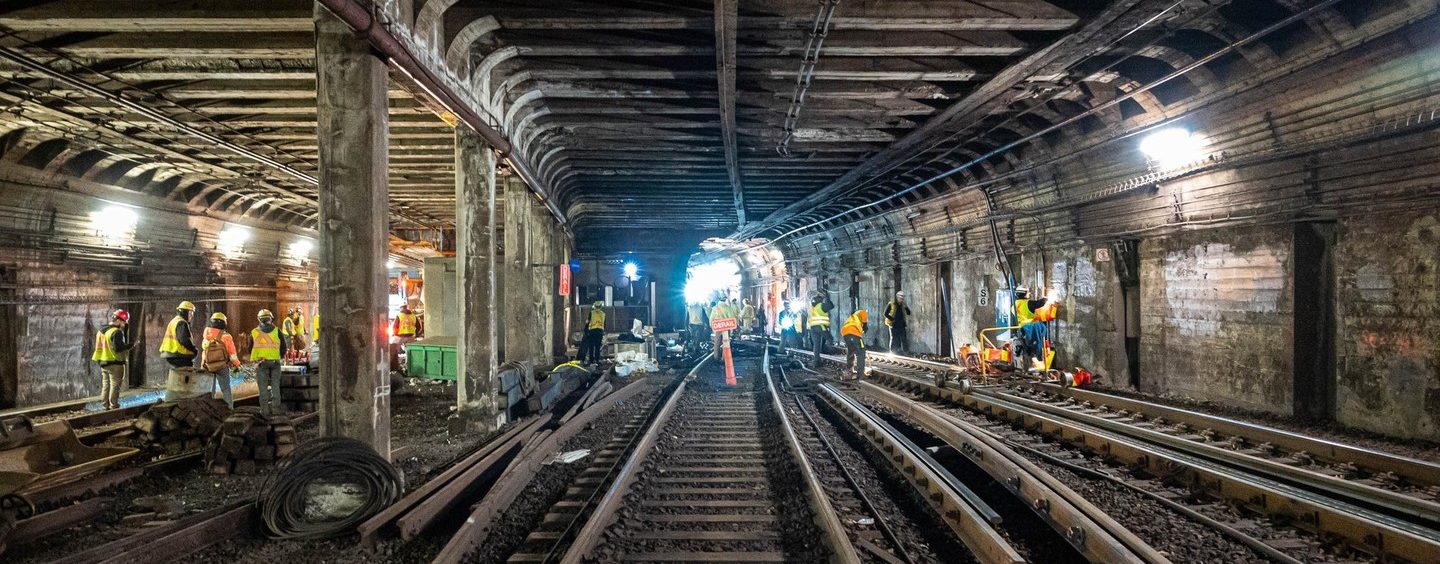Teban54
Senior Member
- Joined
- Nov 13, 2021
- Messages
- 1,126
- Reaction score
- 2,799
I wonder if this is a case of the T being more stringent with track inspections and more aggressively implementing speed restrictions now, compared to pre-Covid or even a year ago. In other words, I suspect that tracks were deteriorating even more rapidly back then (or at least at an equal rate), but they weren't discovered, reported or publicized. (Whether that's intentional cover-up or sheer incompetence is another question, but that's kind of beyond the point.)The Ashmont Branch is only seeing half as many trains each day compared to pre-COVID. Pre-COVID, the Red Line saw 223 roundtrips with 112 roundtrips on the Ashmont branch. Now, since March 2023, the Red Line is only managing to run 127 roundtrips on weekdays only, with at most 64 roundtrips weekdays on the Ashmont branch.
If the Red Line is only running half of the pre-COVID service, that means the tracks would only have a fraction of the beating it would've normally gotten pre-COVID. The Ashmont Branch is only seeing trains every 22 minutes off peak and every 18 minutes rush hour. It's not pre-COVID when it used to be every 13 minutes off peak and every 9 minutes peak. The tracks should last a bit more longer than just 3 months if only half the trains run?
Having a speed restriction show up on the dashboard is better than having the underlying track fault but no speed restriction at all.




